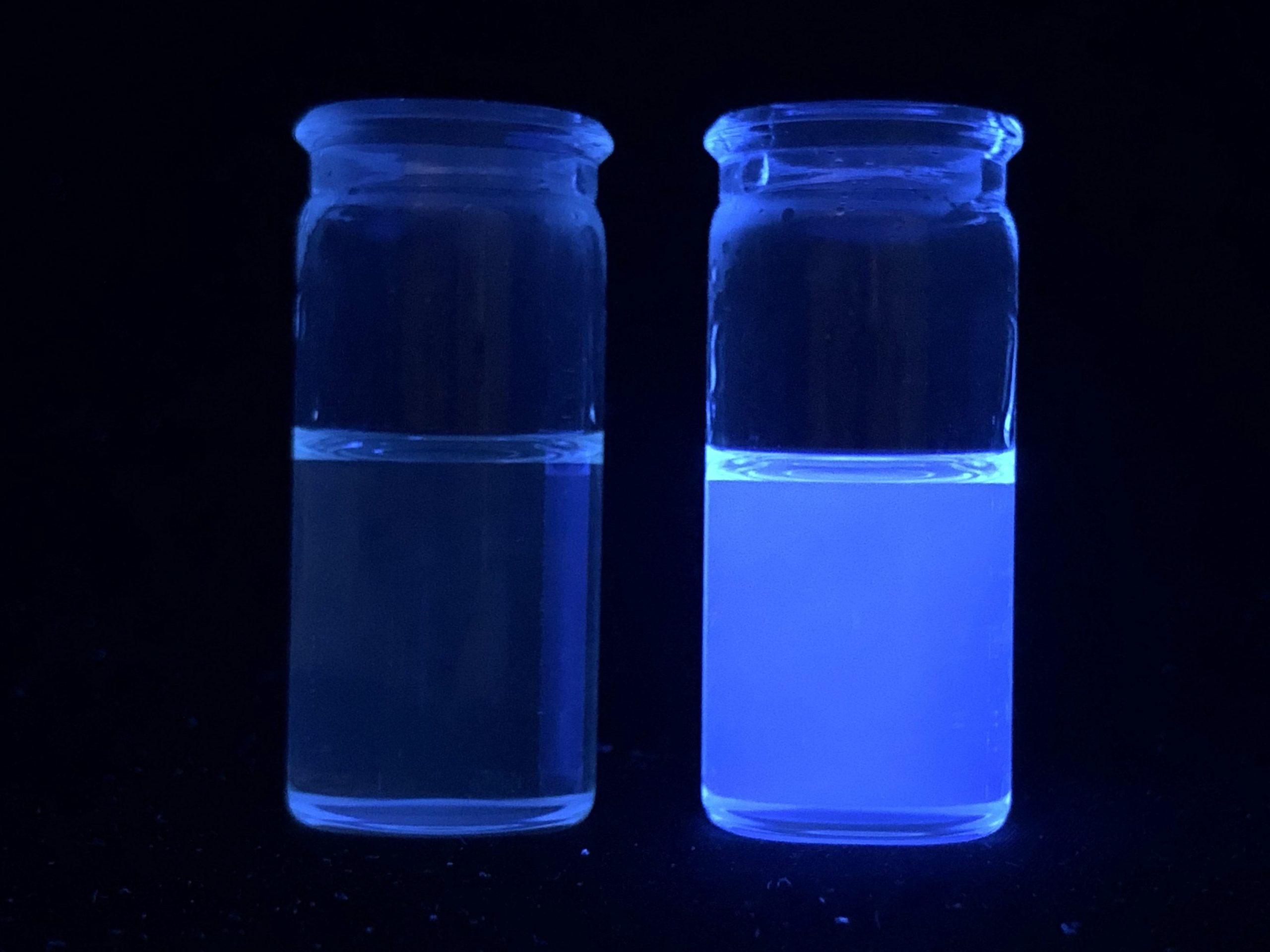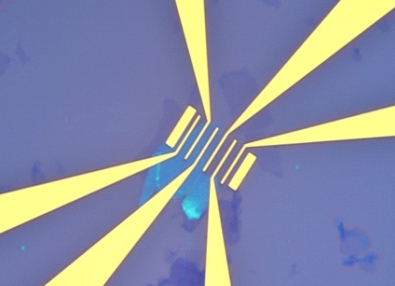In the Eigler group, we focus on the following three topics. (See also our Publications.)

Oxo-Graphene
Chemistry of Graphene

Synthesis of π-Systems
Attractive Dyes, Emissive Dyes, Interaction with 2D Materials

Device Fabricaton
Charge Transport Properties of 2D Materials and Assemblies
